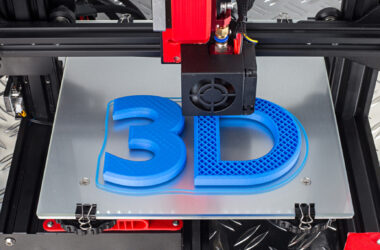The Need For Safety Sign Boards
The law dictates that to ensure worker safety, every workplace and other environments should have safety signage. A sign board manufacturer explains the reasons for installing them.
Proper safety signs visually communicate to employees when they near a hazardous or dangerous area. Besides offering knowledge, these signs prevent accidents and injuries. OSHA says that the lack of proper hazard signs is one of the most common reasons for workplace injuries.
When safety signs are present, employees and visitors are alert. Therefore, mishaps like electrocution fall and slips are less likely to occur. In a gist, signage saves lives and keeps the premise a safe place.
Now that the importance of safety signage is evident let’s take a look at the types and the symbols they use.
The 3 Main Types Of Safety Signs And Their Symbols
Danger, warning and caution sign boards in Chennai are the three most common.
- Danger Signs
These generally have the word “danger” written on them with an exclamation mark. The sign has a red background with the word printed in white. Often the red rectangle will be surrounded by a black border, and the entire thing will be printed on a white background. This contrast of colours makes the sign highly visible.
You’ll often see danger signs in immediate hazard areas where the risk to life is extreme. Examples of danger signs include:
| High voltage | Electric shock risk |
| Radiation risk | Dangerous chemicals |

- Warning Signs
These signs are triangles with an exclamation mark inside, which is typically black. The triangle pictogram may also have the word “warning” written on it. Generally, the signs are yellow with black borders.
Warning signs are installed in areas where employees need to practice extra cautiousness. While these environments are not a direct threat to life, they may cause very serious injury.
- Caution Signs
These safety signs come with the word “caution” printed in black and capitals at the top of the signage. They have a yellow background. Within it is an inverted triangle with an exclamation mark.
These signs are used in areas where the danger is not too severe, and any resulting injury would be minor. They are meant more for accident prevention than safeguarding a life. Some examples of caution signs are:
| Wet floor | Trip hazard |
| Low headroom | Forklift trucks operating |
Other Safety Sign Boards That Are Useful.
Besides the 3 primary categories, there are some other signages that are included within safety signs. Called notice signs, they are meant to keep people well informed. For example, it tells them where the first aid kid is stored or where to go for emergency eyewashes.
In addition to these notice signs, some other categories contribute to awareness and information and indirectly keep workers safe.
- Prohibition signage tells people that they cannot enter a specific area. They are also used to communicate no smoking or cell phone free areas.
- Office signage simply informs people of the purpose of the office or to provide direction to a particular office.
- Traffic control signage is needed in premises that have heavy vehicle usage. These stop and yield signs keep pedestrians safe, primarily when machinery like forklifts are being utilised.
- Security signage keeps undesirables out. They also protect property from being misused.

The universe of safety signage is massive. It includes a variety of categories, and each is essential for the proper working of a premise and the safety of workers. But using the right sign board design or installing all the necessary signage is not enough.
You need to educate and train your workers on what each sign means and the significance of the symbols they use. Furthermore, managers should reassess all the signs used in the premise periodically. If they are faded, unreadable or damaged, they must be repaired or replaced immediately. Check Out – To know about the common FAQs of safety signage.
The right sign board in Chennai can save a person’s life. So do the smart thing and invest in good safety sign board design now!





